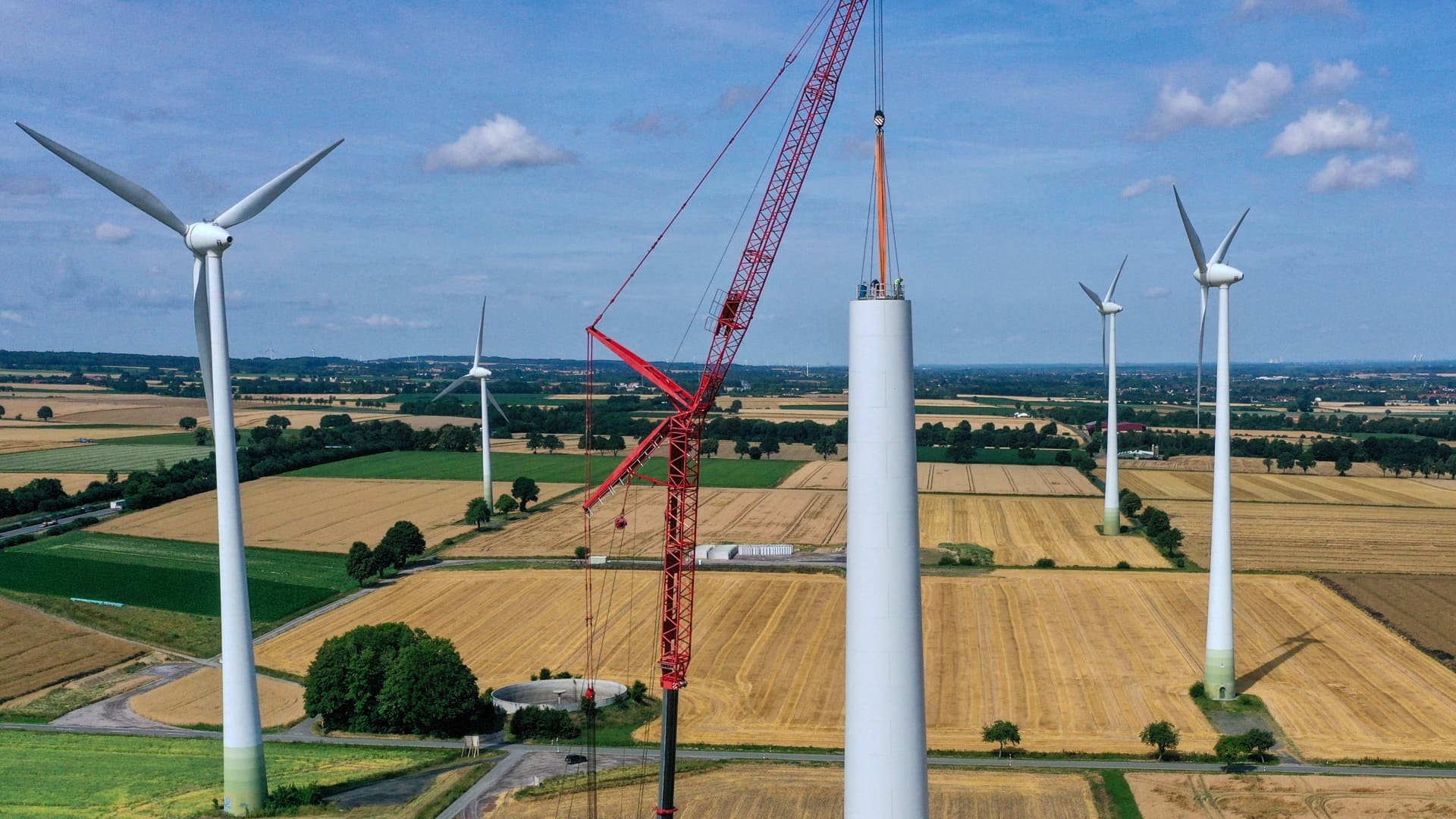Keeping 1.5 alive? IEA lists ‘crucial ingredients’ to keep worst effects of climate change at bay

The COP28 climate change summit is fast approaching, with a host of world leaders and high-profile public figures — including Pope Francis and King Charles III — set to attend.
Held in Dubai in the United Arab Emirates, COP28 will see governments, businesses, and NGO’s “take stock” of efforts to meet the goals of the landmark 2015 Paris Agreement.
The Paris accord — reached at COP21 — aims to “limit global warming to well below 2, preferably to 1.5 degrees Celsius, compared to pre-industrial levels.”
The U.N. has previously noted that 1.5 degrees Celsius is viewed as being “the upper limit” when it comes to avoiding the worst consequences of climate change.
The challenge is huge. In Oct. 2023, the International Energy Agency said that while a transformative shift in how the planet is powered was underway, more effort would be required to hit the 1.5 degrees goal.
In a statement issued alongside its annual World Energy Outlook report, the organization laid out its assessment of the current state of play.
“As things stand, demand for fossil fuels is set to remain far too high to keep within reach the Paris Agreement goal of limiting the rise in average global temperatures to 1.5 °C,” it said.
In a sign of how high the stakes are, the IEA’s report said its Stated Policies Scenario was now “associated with a temperature rise of 2.4 °C in 2100 (with a 50% probability).”
Solutions proposed
While the above makes sobering reading for those trying to curb the most devastating effects of climate change, the IEA’s report also offers up some potential solutions to create a more sustainable future.
Ahead of COP28, it has stressed the importance of focusing on five “pillars” that it argues will put “the world on track” by the year 2030 and “keep 1.5 °C alive.”
They are:
- Tripling the amount of installed renewables worldwide.
- An “orderly decline” in fossil fuel use.
- Reducing methane emissions from fossil fuel operations by 75%.
- Increasing clean energy investment in emerging and developing economies.
- And “doubling the pace of energy efficiency improvements to 4% per year” by 2030.
The IEA’s report also mentioned the importance of “ramping up electrification” before touching upon the need to find solutions that benefit all.
“Every country needs to find its own pathway, and it needs to be inclusive and equitable to secure public acceptance,” it said. But “this package of global measures provides crucial ingredients for any successful outcome from the COP28 climate change conference in Dubai in December.”
In a foreword to the World Energy Outlook, Fatih Birol, the IEA’s executive director, re-iterated this message when emphasizing the importance of finding common ground.
“We need to co-ordinate and co-operate — those in the lead and with greater resources need to help those further behind who have less,” he said.
“Each country must find its own path, but it still needs some signposts along the way. This WEO highlights, once again, the choices that can move the energy system in a safer and more sustainable direction,” he added.
“I encourage decision makers around the world to take this report’s findings into account — in the lead-up to the COP28 climate change conference in Dubai later this year and beyond.”




